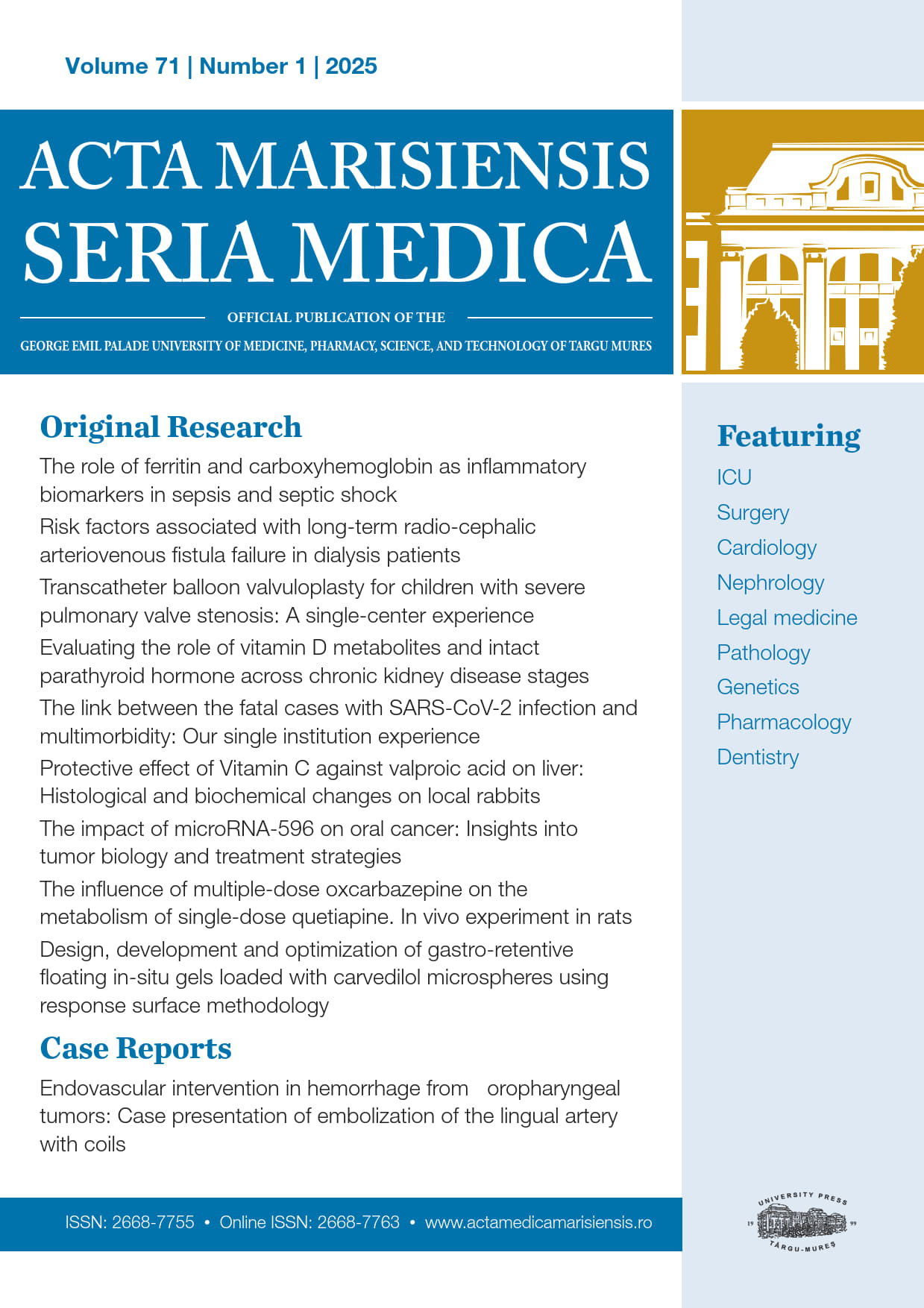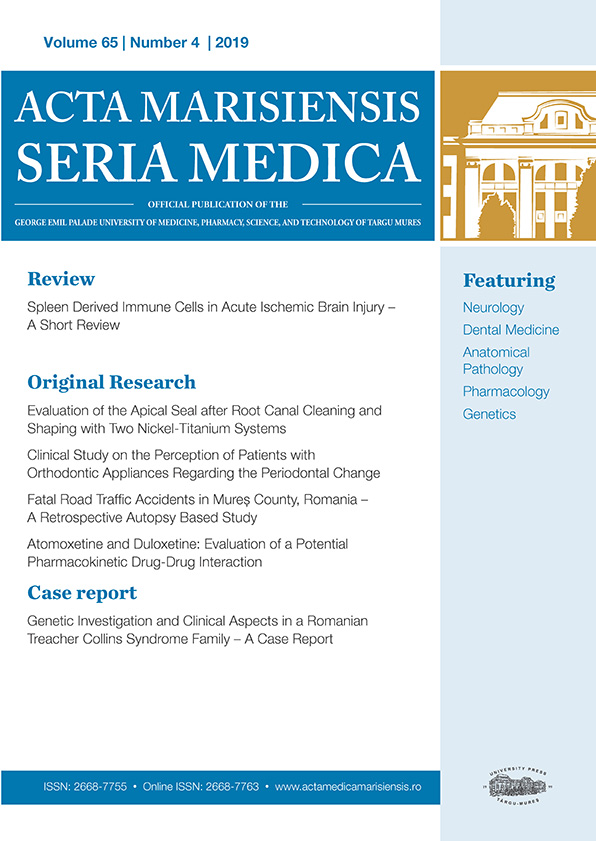DESIGN, DEVELOPMENT AND OPTIMIZATION OF GASTRO-RETENTIVE FLOATING IN-SITU GELS LOADED WITH CARVEDILOL MICROSPHERES USING RESPONSE SURFACE METHODOLOGY
Abstract
Aim: The goal of the present study was to develop and optimize gastro-retentive floating in-situ gel containing microspheres (OMS) by Box-Behnken design.
Methods: Gellan gum, k-carrageenan were used as gelling polymers and calcium carbonate as complexing and gas generating agent. For optimization X1 (concentration of k-carrageenan), X2 (concentration of calcium carbonate) and X3 (concentration of tri sodium citrate) were considered as factors and Y1 (viscosity), Y2 (floating lag time), Y3 (drug release at 8 hrs) as responses. 17 formulations obtained from the design were prepared and evaluated for physical appearance, pH, viscosity, density, in-vitro drug release, in-vitro gelation capacity and floating behaviour.
Results and discussion: The optimized formulation (OIG) obtained from the design was milky white liquid with viscosity of 355.13 cP, showed buoyancy lag time of 104 seconds and remained buoyant for >24 hrs. 27.49 % drug was released from the in-situ gel at 8 hrs indicating controlled drug release. From the stability studies which were conducted for 4 weeks, it was determined that the OIG formulation was stable.
Conclusion: This study highlights the possibility of using microspheres in the gastro-retentive floating in-situ gel.
Copyright (c) 2025 Latha Kukati, Aisha Rahman, Aymen Fatima, Vyshak R Menon, Lakshmi SVVNSM

This work is licensed under a Creative Commons Attribution 4.0 International License.









